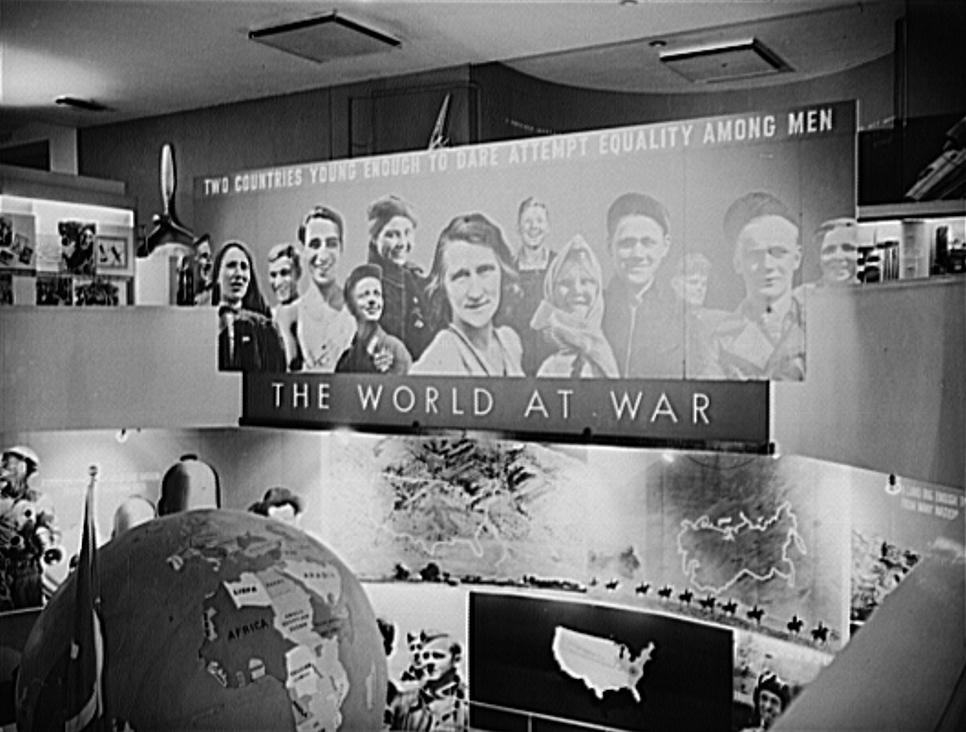Cold War Radio Museum Declassified documents in the National Archives show that a directive issued to on April 17, 1943 by the management of the U.S. Office of War Information (OWI) ordered its Overseas Branch in charge of what were later called Voice of America (VOA) radio broadcasts to air and promote the Soviet propaganda denial of Soviet responsibility for…
Cold War Radio Museum Fascinating and until now generally unknown details of how a single refugee journalist, Julius Epstein, exposed Voice of America’s (VOA) censorship designed to cover up Soviet responsibility for the 1940 Katyn Forest massacre of nearly 22,000 Polish POW officers and intellectual leaders can be found in several volumes of the Congressional Record from the early 1950s…
Cold War Radio Museum Ted Lipien Polish socialist and communist activist and journalist Stefan Arski, aka Artur Salman, was among several communist agents of influence who had worked on Voice of America (VOA) radio programs during World War II while employed by the U.S. government Office of War Information (OWI). Arski and several of his Voice of America colleagues on…

The World War II propaganda arm of the United States government, the Office of War Information (OWI), was the parent agency of the Voice of America (VOA). VOA was celebrating its 75th anniversary in February 2017. In this new historical series about the Voice of America, Cold War Radio Museum presents formerly classified U.S. government documents relating to the origins…
OPINION Cold War Radio Museum How Voice of America Censored Solzhenitsyn Brief History of VOA’s Domestic Propaganda By Ted Lipien The Voice of America (VOA) was an easier target than Radio Free Europe (RFE) or Radio Liberty (RL) for U.S. government bureaucrats wanting to restrict human rights broadcasting to the Soviet Union in 1974 as part of the…
Cold War Radio Museum During the Reagan Administration, foreign language services at the Voice of America (VOA) were for the first time given in the 1980s significant freedom to originate their own news reports and to share them with VOA English programs. Some of these news reports and news backgrounders with audio actualities were also shared in English through the…
Cold War Radio Museum Could a foreign power such as Russia try to infiltrate the Voice of America (VOA) or influence its executives, broadcasters and programs? Could U.S. government-hired journalists and program contributors, acting on their own, support in VOA broadcasts accommodation with authoritarian rulers in countries such as China, Cuba, Iran or even North Korea? Could one-sided propaganda produced…
Executive Order 9182 Establishing the Office of War Information June 13, 1942 In recognition of the right of the American people and of all other peoples opposing the Axis aggressors to be truthfully informed about the common war effort, and by virtue of the authority vested in me by the Constitution, by the First War Powers Act, 1941, and as…
Cold War Radio Museum The Crusade for Freedom was the name of an advertising campaign designed to get Americans to contribute money to Radio Free Europe which broadcast radio programs in various languages to the captive nations behind the Iron Curtain during the Cold War. The ad seen here is from 1966 and appeared in an American magazine. This particular…
Cold War Radio Museum Commentary by Ted Lipien In his February 26, 1962 speech to mark the 20th anniversary of the Voice of America (VOA), President Kennedy discussed the necessity of freedom of information and complete truthfulness of the press, but he also argued that the Voice of America is different from private U.S. news media. He pointed…